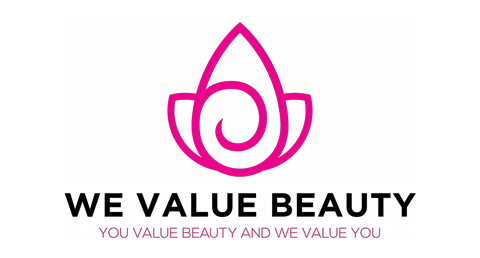Understanding loan types is crucial in real estate and business lending since a borrower might need a loan to finance property or cash flow. Typically, warehousing loans have a much different structure usage and borrower than commercial property loans.
This guide on warehousing vs commercial property loans helps borrowers evaluate which financing option best suits their business needs.
What Are Warehousing Loans?
Warehousing financing is a particular short-term financing tool mainly used by mortgage lenders. Warehousing here has nothing to do with actual storage warehouses but instead refers to the methodology by which mortgage lenders “store” loans they have originated before selling them on the secondary market.
Warehousing loans are used by lenders for mortgage origination until the mortgages can be sold to investors.
The loans enable lenders to maintain liquidity to fund new loans and sustain daily operations without tying up their capital. The collateral of the warehousing loan is usually the group of mortgages being temporarily held.
On the other hand, when someone is seeking warehouse financing to purchase or construct a physical warehouse, they’re probably talking about commercial property loans, which is a whole different set of loans, both operationally and in terms of goals.
Meaning of Commercial Property Loans
Commercial property loans provide long-term financing for the purchase, refurbishment or development of real estate for business use. Commercial property loans are generally secured by the commercial property itself and are popular with business owners, investors, and developers.
A business would seek out a commercial property loan to purchase office space or retail buildings or industrial facilities and warehouses. A person needing loans for warehouses- either buying a warehouse or expanding an actual warehouse- would seek a commercial property loan.
Difference Between Warehousing Loans and Commercial Property Loans
Let us analyze the main points of divergence.
1. Purpose of the Loan
If you look at the difference, it is the purpose.
Warehousing loans are taken by mortgage lenders for temporary financing of mortgage loans until they’re sold to secondary market investors.
Commercial property loans are used to acquire, construct, or refinance income-generating real estate such as office buildings or retail centers.
If you are a real estate investor or a business owner who intends to buy a warehouse, you are probably looking for warehouse financing under a commercial loan.
2. Loan Term and Structure
Warehouse loans are short-term loans by their very nature. They could theoretically last from just a few days to a few months, depending on how quickly the underlying mortgages are sold. With that being the case, it would make sense for the repayment to be tied directly to the sale of the mortgage assets.
On the other hand, commercial property loans are long-term loans that could last anywhere from 5 to 30 years. They typically require payment on an amortization schedule, with monthly payments of principal and interest over time. They might be fixed or variable rate, depending on the lender.
3. Collateral and Risk Profile
Warehousing loans require no building as collateral—they require the actual portfolio of loans being “warehoused.” In other words, the lender’s risk is through the marketing of those mortgages.
For a commercial property loan, the real estate property constitutes collateral. If the borrower defaults, the lender may take over the property and sell it to recover losses. The tangible nature of this collateral makes warehouse loans attractive for lenders, provided the borrower has a good credit standing and the property has good resale value.
4. Eligibility Criteria
Warehouse loan borrowers are usually mortgage bankers or originators with a continuous stream of mortgage business and very well-established crests. These entities must demonstrate that they do have the operational ability to sell their mortgages quickly.
Whereas in commercial property loans may be applied for by small-business owners, investors, corporations, or LLCs, they stand in need to prove income from whichever business they are in, cash flow for the property, and creditworthiness; and sometimes, if it is a development loan, a good business plan.
Choosing The Right Loan for Your Needs
Understanding whether warehousing loans or commercial property loans are needed depends on your business model.
Warehousing loans are a must-have liquidity tool for a mortgage company that needs to fund new home loans on a temporary basis. These loans are extremely specialized and built around the needs of financial institutions.
If the business, however, needs physical space in which to operate—such as acquiring a warehouse to store inventory or house equipment—then it is seeking loans for warehouses in the more conventional real estate sense. These loans are categorized as commercial loans and have different standards of underwriting.
Conclusion
In the loan business, there is quite some difference between warehousing loans and those for commercial properties. One is for funding the origination of mortgages, and the other is for purchasing or enhancing real estate properties.
Differentiating between the two types of loan will assist borrowers to identify the right lenders to approach with realistic expectations and appropriate loan documentation. Whether the borrower is a lender trying to raise liquidity or a business owner looking at warehouse financing, choosing the proper loan type is critical to fulfilling financial objectives.












